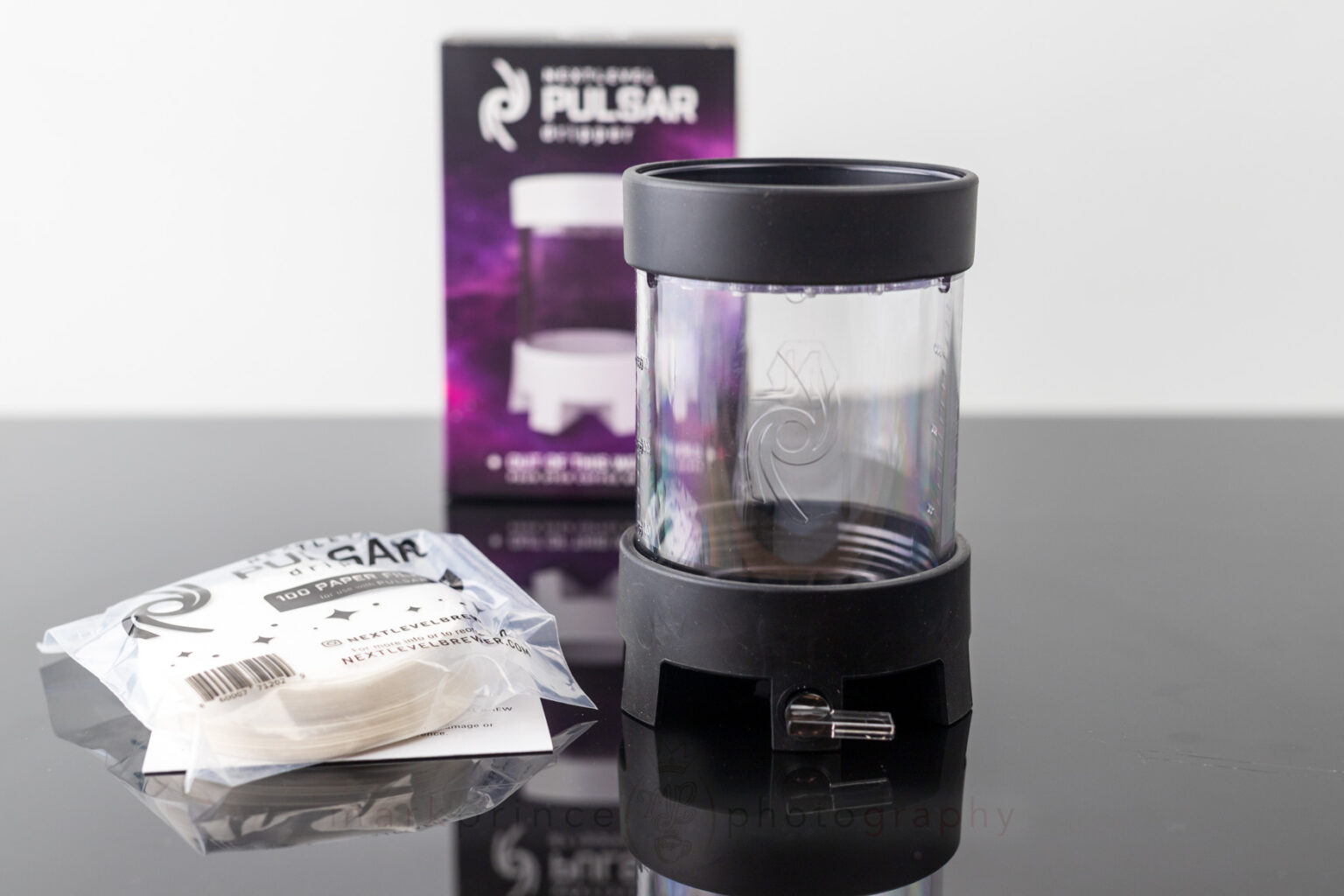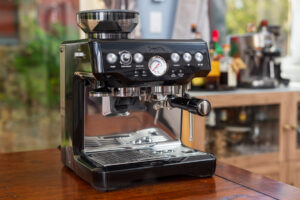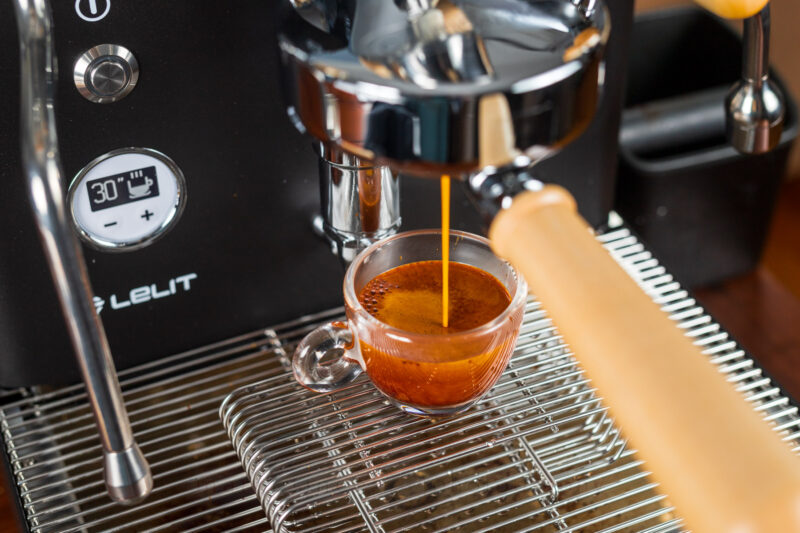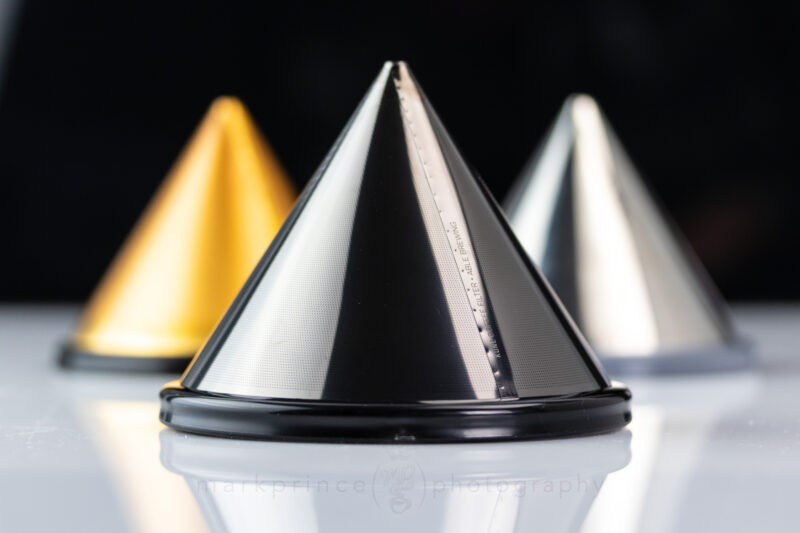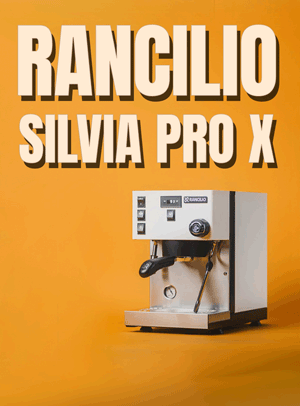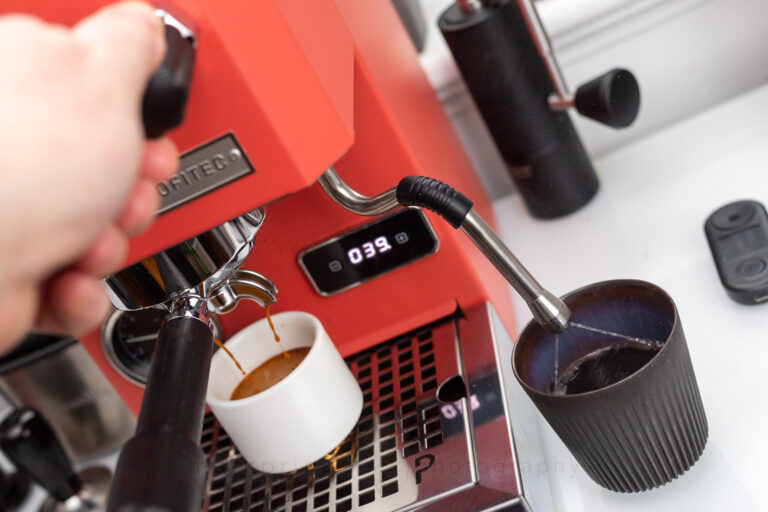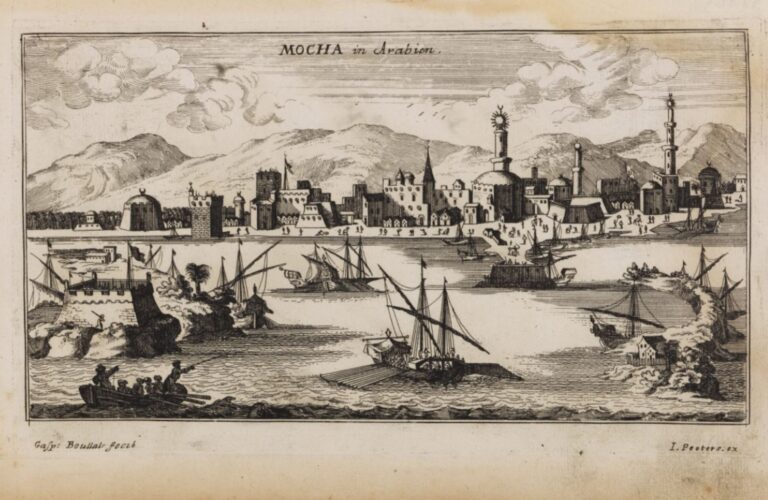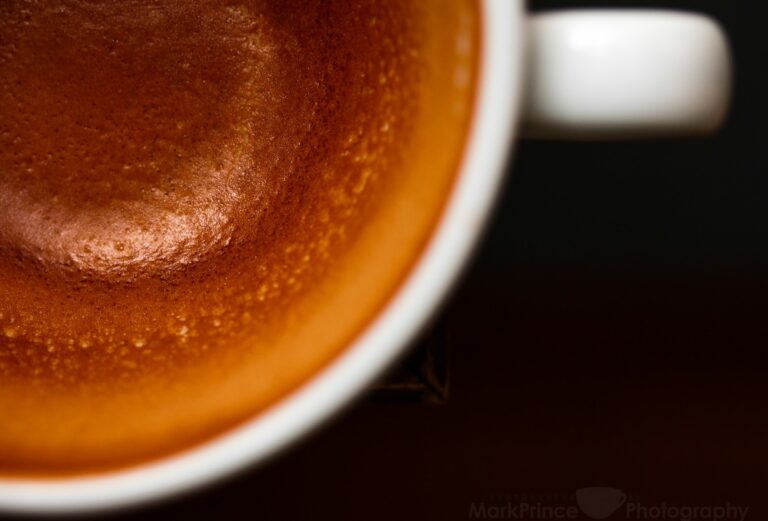I’ve had a NextLevel Pulsar brewer since late summer last year, and have used it well over 100 times. I know this, because it came with a 100 pack of paper filters and I’ve long since run out of those. I cut new filters out of Hario #2 paper filters, which seem to work well.
So why no review yet on CoffeeGeek?
To be honest, I struggle on how to review these devices fairly, accurately and with a wealth of information, following the modus we use for grinders, espresso machines, auto drip coffee makers and more. It’s a bit like reviewing an AeroPress, which means you could take one of a few routes: you could either just go super basic and pump out a 500 word review sticking to the simple facts of that brewer; or you could go several thousand words, diving into a variety of brewing methods, techniques, and styles. (sidenote – we did review the AeroPress Clear!)
So while I continue to struggle as to how best to actually “review” the NextLevel Pulsar, I knew we were way overdue about getting something out on our website about this brewer. Pertinent hints are when people hit you up on Instagram asking when that product you posted about 4 months ago would finally be reviewed.
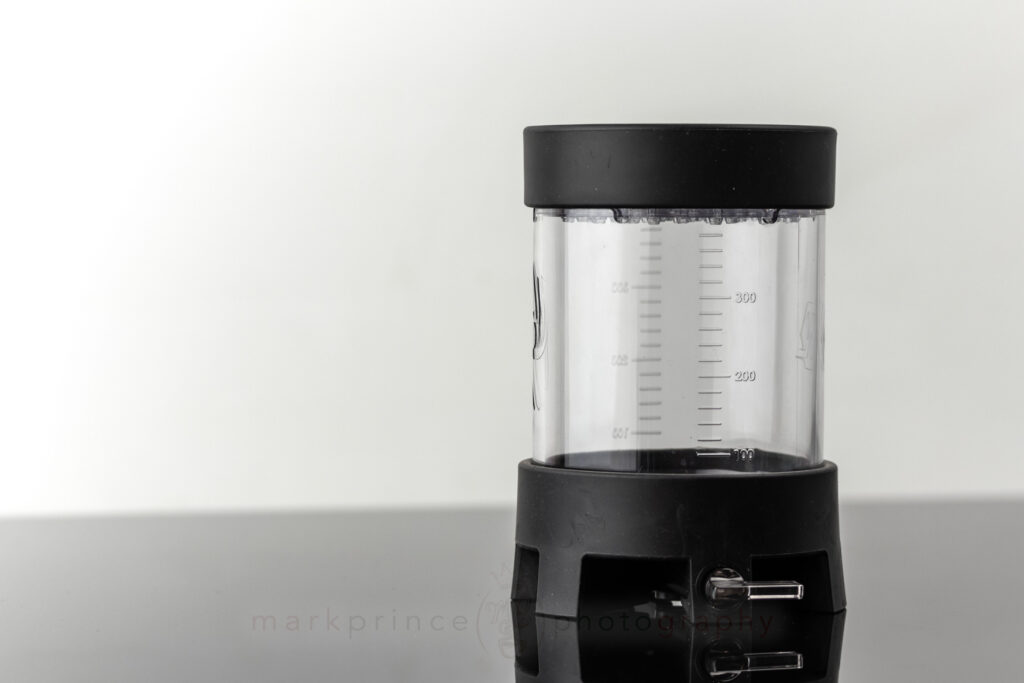
Well, this is not a review, as much as it is an appreciation letter. I am quite enamored with the NextLevel Pulsar. Much more so than NextLevel’s original no-bypass brewer, the LVL-10. It has proven to be a fantastic and versatile brewer that allows for a lot of experimentation, resulting in very different brews.
There are two particular standout features of this brewer. First is the ability to control a full or partially full saturation of the grounds, and the second is how relatively quick the brewer is, when compared to other no-bypass brewers currently on the market.
Full Saturation Brewing
I’m a proponent of brewing methods like the press pot and siphon coffee makers because they are full immersion, full saturation brewers. For most of their brewing cycle, all the water used in the brew is in contact with all the coffee. Flow through methods, like the V60 or Melitta or other pour over systems can lead to weak, under extracted cups unless you really play around with the pouring style, bloom phases and more.
No-Bypass brewers (see here for more info) move steps beyond pour over by forcing all the brew water to pass through all the coffee, without any side dilution or “bypass”. They also have a common problem that coffee brewing device makers have struggled with for well over 300 years: rate of flow can be restricted to the point where brewing 300ml of coffee can take 10 minutes or longer.
(as a side note, siphon coffee makers, pressure brewers, and eventually espresso machines – both steam driven and pump driven – were invented to help increase flow rates push water at greater pressures through a bed of coffee, because this was a constant problem in brewing through filters for centuries).
The NextLevel Pulsar is a no-bypass brewer, but with a flow control valve. It is also in a diameter big enough (with a suitable vaned flow chamber beneath the paper filter) that flow through is reasonably quick.
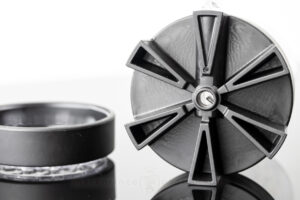

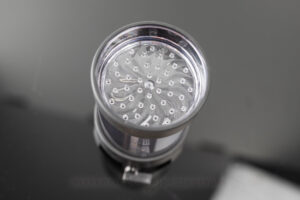

The flow control valve means you can do an immersion brew: partial volume, half volume, or even full volume if you like. What does that mean? Let’s take a 350ml brew using 20g of coffee as an example.
After pre-wetting the filter and rinsing it, add the 20g of coffee to the device, and close the flow valve. Pour in 150ml via the top mounted water dispersion device, letting it evenly saturate the bed of coffee. Swirl the device to further saturate and agitate. Let it rest for 1 minute. Then open the valve, and slowly (or rapidly; this is the experimentation part!) pour the remaining 200ml of brewing water onto the top mounted dispersion device. Coffee will continue to brew, now as a flow-through, and agitate the bed enough to really max out the sweet spot on extraction. This is a “partial immersion brew” with the Pulsar.
Or, go a different route. Add your 20g coffee, pour 175ml in with the valve closed. Swirl and stir it. Then pour in your next 175ml (maxing out the chamber), leaving the valve closed. After 2 minutes, open the valve, and let it all drain out. The result is a different tasting coffee, but interesting in its own regard. This is a full immersion brew.
The beauty of this device is, you don’t need to follow a set of rules. Want to use it as a full flow-through no-bypass brewing device? Just leave the valve open when you start your brewing. Add water in stages, fast, slow, doesn’t really matter because the top-mounted water dispersion attachment does an excellent job of even saturation.
No-Bypass Brewing
Using the last-mentioned method brings the Pulsar closer to the usual no-bypass brewing devices out there. Which again is the beauty of this device. It gives you options. It lets you play around. As a straight up no-bypass brewer, the Pulsar works very well, with a reasonably fast flow through time. I’ve used some devices that can take up to 10 minutes to flow through for a 300ml brew. The Pulsar, with a standard V60 grind used, will take around 3.5-4 minutes with no stirring, and about 5-6 minutes with a good agitation phase.
Lately, I prefer using a few-ticks-coarser grind, an doing a half-immersion, half flow through brew with the Pulsar. Here’s my recipe for the 320ml brew I do.
- Assemble the device with paper filter in place.
- Pre-wet and rinse the paper filter with just-boiled kettle water.
- Grind 19g of coffee, 3 dots coarser than a V60 brew (on a Lagom Mini)
- Close the flow lever.
- Add coffee, put the dispersion lid on the device, and quickly pour in 160ml of water.
- Stir (I swirl the device), and let rest for 90 seconds.
- Open the valve, and continue pouring the remaining 160ml of water at about 3-5g per second flow rate. This beats down the bloom, and evenly saturates the slurry of coffee and water.
- Let brew finish (usually around 4:30 mark).
- Enjoy.
Using this method, I routinely hit extraction ratios around 1.35 TDS, and the cup tastes a good balance between delicate and forward notes. Acidity is in check (I’m not a fan of excessive acidity), body is, depending on the coffee, a full representation.

Wrapup
This is not a review. Just an appreciation post. But I don’t want to leave you with the idea that the NextLevel Pulsar is perfect. I could see some potential for improvements.
In my coffee appreciation life, I am once again gravitating away from paper filters. Paper hates coffee. There, I said it. And I’ll have a much longer article on this very soon.
Around 2005 or so, there was a real movement towards non-paper filtration methods because people recognized that paper filters blocked a lot of flavour-influencing components from passing through to the cup. Then the V60 exploded on the scene, and many (conveniently) forgot the woes and ills of paper filters. Today, it’s rare that I even see anything critical of what paper does to coffee (though every influencer and their dog will tell you you gotta rinse the bejebus out of them).
I’m rambling, but this is one big change I’d like to see in the Pulsar: a non paper filter option. Since the filter area is a unique size, there are no off the shelf metal filters you can use with the device. I’d really love a Pulsar with a chemical photo-etched, precise hole pattern metal filter.
I have used a cloth filter in the device, and let me tell you, the cup quality gets to another level. The problem is… well, cleaning cloth filters. I’d love to see an Able DISK fine made for the Pulsar. That’d be next level.
Mark has certified as a Canadian, USA, and World Barista Championship Judge in both sensory and technical fields, as well as working as an instructor in coffee and espresso training. He started CoffeeGeek in 2001.
-
Mark Princehttps://coffeegeek.com/author/markprince/April 30, 2024
-
Mark Princehttps://coffeegeek.com/author/markprince/April 29, 2024
-
Mark Princehttps://coffeegeek.com/author/markprince/April 28, 2024

